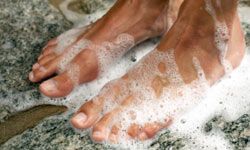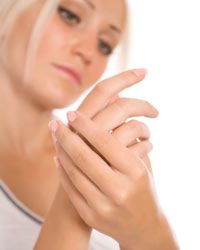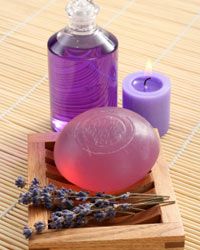You replace anywhere from 40 million to 60 million skin cells daily [source: KidsHealth]. New skin cells are produced by the inner layer of the epidermis, which is your outer layer of skin. These cells push outward toward the surface of your skin, pushing older cells above them further up, which in turn push old, dead cells to the top. Think of it as a well-run supermarket, where the stock of skin cells are constantly in rotation, with the oldest ones moved to the front of the shelf.
You are, as we speak, covered head to toe in dead skin cells. If these dead skin cells begin to build up, your skin loses its look of vibrancy. Worse yet, these dead cells on the surface create a traffic jam behind them, preventing the next wave of dead cells from surfacing. This leads to clogged pores, blackheads, pimples and even cysts.
Advertisement
Your skin deserves some attention for keeping out moisture, bacteria and infectious agents, and use of a daily body cleanser is an important part of this. Body cleansers help remove the layer of dead skin cells and make room for, well, more dead skin cells. This facilitates skin cell growth and gives your skin a healthy, more youthful look. How do you choose a daily body cleanser? Keep reading to find out.



